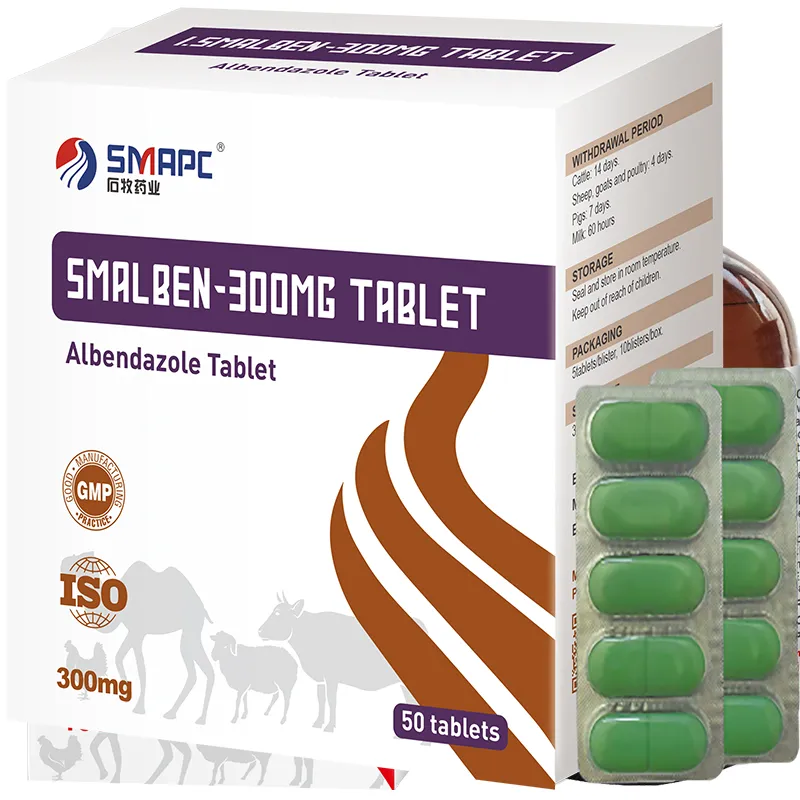Pregnant dogs have significantly increased nutritional needs compared to non-pregnant dogs. As the embryos develop, the dam's body must support their growth, which requires higher levels of essential nutrients. This is not only important for the health of the mother but also critical for the development of healthy puppies. A balanced diet that includes proteins, fats, carbohydrates, vitamins, and minerals is vital.




